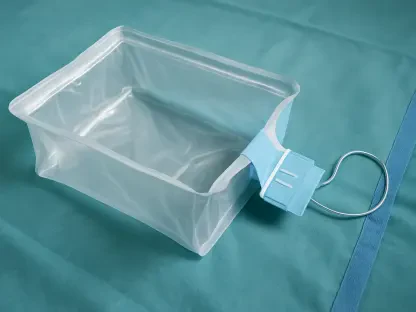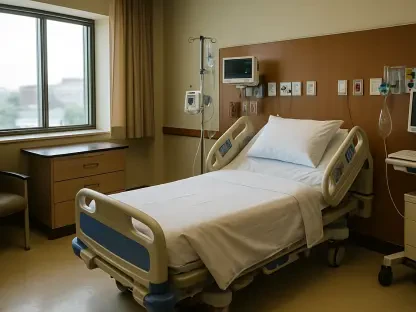I’m thrilled to sit down with James Maitland, a renowned expert in robotics and IoT applications in medicine, whose passion for integrating cutting-edge technology into healthcare has led to transformative solutions for patient care. Today, we’re diving into the recent launch of a groundbreaking vascular access device by a leading medical technology company in India. Our conversation explores how this innovation enhances the accuracy and efficiency of critical procedures for cancer patients, the impact on clinical workflows, and the future of intravenous access technology. Join us as we uncover the potential of this advancement to redefine standards of care.
Can you share what sparked the development of this new vascular access technology for cancer patients?
The inspiration came from a clear need to address the challenges in peripherally inserted central catheter (PICC) line placement, particularly for cancer patients who often require long-term intravenous access. Traditional methods can be cumbersome, involving delays and discomfort due to the need for radiological imaging. We wanted to create a solution that would streamline the process, reduce risks, and prioritize patient comfort, ultimately making a tough journey a bit easier for those undergoing treatment.
How does this new device stand out from conventional PICC line placement techniques?
Unlike older methods such as blind insertion or reliance on chest X-rays, this technology offers real-time tracking and navigation of the PICC line. Clinicians can see the catheter’s position as they work and confirm its placement right at the bedside using ECG-based technology. This eliminates guesswork and the need for additional imaging, making the procedure much more precise and efficient.
I understand there’s a dramatic improvement in reducing PICC tip malposition rates. Can you elaborate on that?
Absolutely. Traditional methods have a malposition rate of about 20 percent, which can lead to complications and the need for repositioning. With this new system, clinical evidence shows a zero percent malposition rate. This is a game-changer for patient safety, as it minimizes risks like infections or delays in treatment, ensuring the catheter is correctly placed from the start.
Time efficiency is another key benefit. How does slashing the procedure time impact both patients and healthcare providers?
Cutting the insertion-to-confirmation time from 176 minutes to just 33 minutes is huge. For hospitals, it means smoother workflows, less backlog in imaging departments, and more efficient use of resources. For patients, it translates to less time spent waiting in discomfort and faster access to necessary treatments, which can be critical when dealing with serious conditions like cancer.
In what ways do you see this technology reshaping the standard of care in medical settings?
This device marks a significant shift from radiology-based confirmation to ECG-based bedside confirmation. It’s a step toward making procedures less invasive and more accessible, especially in settings where imaging resources might be limited. Over time, I believe it will set a new benchmark for how intravenous access is managed, particularly for cancer patients, by prioritizing speed, accuracy, and comfort.
The launch featured a multi-city roadshow in India. What was that experience like for the team?
The roadshow across Delhi, Mumbai, Chennai, and Kolkata was incredibly rewarding. Healthcare professionals were enthusiastic and curious about how this technology could fit into their daily practice. We had engaging discussions, and many were impressed by the potential to reduce procedural delays. One memorable moment was hearing a clinician share how much this could alleviate stress for their patients—it really underscored the human impact of our work.
Who participated in these launch events, and how did their perspectives shape the dialogue?
We had a diverse group of experts, including oncologists, hematologists, intensivists, and interventional radiologists. Their insights were invaluable—they discussed real-world challenges in PICC placement and offered practical feedback on implementation. Some raised concerns about training needs, while others suggested ways to integrate the technology into existing protocols, which helped us refine our approach to support.
How is support being provided to hospitals and clinicians to ensure a smooth adoption of this technology?
We’re committed to making the transition as seamless as possible. That includes offering hands-on training sessions, detailed demonstrations, and ongoing onboarding support through our local representatives. We’re also providing resources to help clinicians understand the technology’s benefits and best practices, ensuring they feel confident using it in their day-to-day work.
What is your forecast for the future of vascular access technology in healthcare?
I’m optimistic that we’re just at the beginning of a major evolution. As technologies like real-time tracking and bedside confirmation become more widespread, I expect to see even greater integration of smart systems into routine care. We’ll likely see advancements that further reduce risks, enhance precision, and make treatments more personalized, ultimately improving outcomes for patients worldwide.









